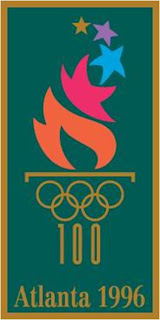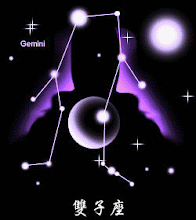
•The official emblem of Beijing 2008 entitled "Chinese Seal-Dancing Beijing" cleverly combines the Chinese seal and the art of calligraphy with sporting features, transforming the elements into a human figure running forward and embracing triumph. The figure resembles the Chinese character "Jing", which stands for the name of the host city and represents a particularly significant Chinese style.

























